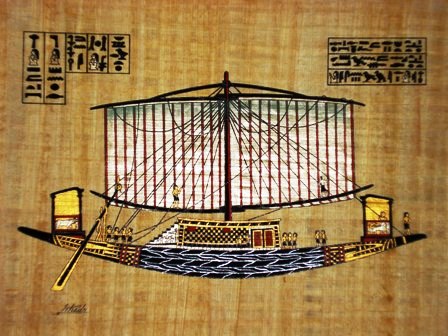

Torstein Raaby (1918–1964) was also in charge of radio transmissions.Haugland was the last surviving crew member he died on Christmas Day, 2009 at the age of 92. Knut Haugland (1917–2009) was a radio expert, decorated by the British in World War II for actions in the Norwegian heavy water sabotage that stalled what were believed to be Germany's plans to develop an atomic bomb.He was a voracious reader his box aboard the raft contained many books. He served as translator, as he was the only member of the crew who spoke Spanish. Danielsson was a Swedish sociologist interested in human migration. Bengt Danielsson (1921–1997) took on the role of steward, in charge of supplies and daily rations.His children's book Kon-Tiki and I appeared in Norwegian in 1949 and has since been published in more than 15 languages. He painted the large Kon-Tiki figure on the raft's sail. Erik Hesselberg (1914–1972) was the navigator and artist.Heyerdahl had studied the ancient people of South America and Polynesia and believed that there was a link between the two. He was also the author of the book of the expedition and the narrator of the story. Thor Heyerdahl (1914–2002) was the expedition leader.Kon-Tiki had a six-man crew, five of whom were Norwegian Bengt Danielsson was Swedish. The original Kon-Tiki raft is now on display in the Kon-Tiki Museum at Bygdøy in Oslo.Ĭrew Thor Heyerdahl, the expedition leader, in 2000 The voyage was also chronicled in the documentary TV-series The Kon-Tiki Man: The Life and Adventures of Thor Heyerdahl, directed by Bengt Jonson. It was directed by Heyerdahl and edited by Olle Nordemar. A documentary motion picture about the expedition, also called Kon-Tiki, was produced from a write-up and expansion of the crew's filmstrip notes and won an Academy Award in 1951. It appeared with great success in English in 1950, also in many other languages. It was published in Norwegian in 1948 as The Kon-Tiki Expedition: By Raft Across the South Seas, later reprinted as Kon-Tiki: Across the Pacific in a Raft.

Thor Heyerdahl's book about his experience became a bestseller. The crew made successful landfall and all returned safely. Heyerdahl and five companions sailed the raft for 101 days over 6,900 km (4,300 miles) across the Pacific Ocean before smashing into a reef at Raroia in the Tuamotus on August 7, 1947. Heyerdahl and a small team went to Peru, where, with the help of dockyard facilities provided by the Peruvian authorities, they constructed the raft out of balsa logs and other native materials in an indigenous style as recorded in illustrations by Spanish conquistadores. The Kon-Tiki expedition was funded by private loans, along with donations of equipment from the United States Army. In 2020 some researchers published research confirming a wider impact on genetic and cultural elements in Polynesia due to South American contacts. There is evidence of some gene flow from South America to Easter Island. Most archaeological, linguistic, cultural, and genetic evidence tends to support a western origin for Polynesians, from Island Southeast Asia, using sophisticated multihull sailing technologies and navigation techniques during the Austronesian expansion.
#PAPYRUS REED BOATS FULL#
Heyerdahl's full hypothesis of a South American origin of the Polynesian peoples is generally rejected today. This idea has received support from statistical analysis of genetic evidence of contact between South America and Polynesia. Although the expedition carried some modern equipment, such as a radio, watches, charts, sextant, and metal knives, Heyerdahl argued they were incidental to the purpose of proving that the raft itself could make the journey. His aim in mounting the Kon-Tiki expedition was to show, by using only the materials and technologies available to those people at the time, that there were no technical reasons to prevent them from having done so. Heyerdahl believed that people from South America could have reached Polynesia during pre-Columbian times. A 2012 dramatized feature film was nominated for the Academy Award for Best Foreign Language Film. A 1950 documentary film won the Academy Award for Best Documentary Feature. Heyerdal’s book on the expedition was entitled The Kon-Tiki Expedition: By Raft Across the South Seas. The raft was named Kon-Tiki after the Inca god Viracocha, for whom "Kon-Tiki" was said to be an old name. The Kon-Tiki expedition was a 1947 journey by raft across the Pacific Ocean from South America to the Polynesian islands, led by Norwegian explorer and writer Thor Heyerdahl. The Kon-Tiki raft at the Kon-Tiki Museum, Oslo


 0 kommentar(er)
0 kommentar(er)
